Expand Your Horizon With the 30 Best Online Courses for Spanish
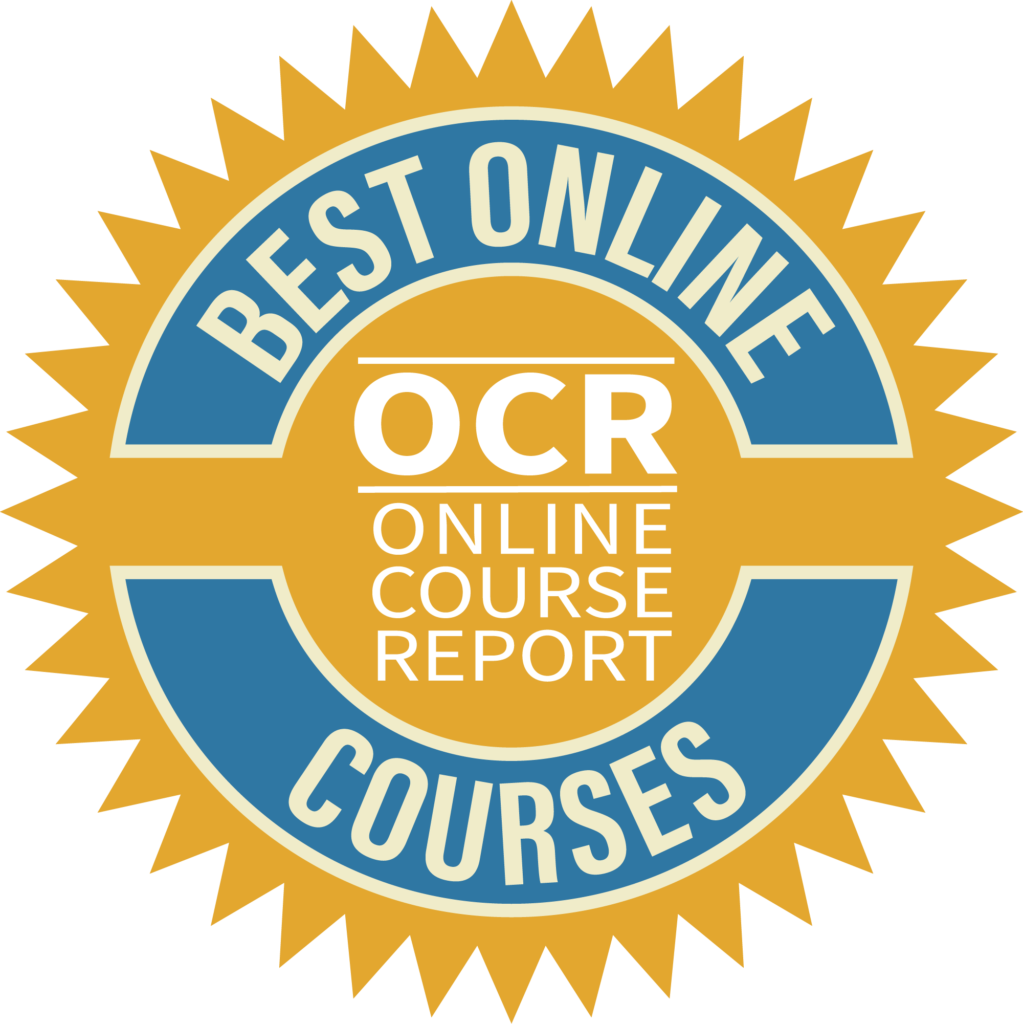
An intermediate or advanced understanding of Spanish opens worlds. Across cities, rural areas, and the world, Spanish has become one of the most crucial languages to speak. The 30 best online courses for Spanish will help you integrate into countries, cultures, and friendships.
Languages are fascinating—they open us up to otherwise unavailable things and places. Over 20 countries speak Spanish primarily, and dozens of other countries are filled to the brim with Spanish speakers. Imagine being able to stroll into a salsa club, dancing gracefully and speaking in flawless Spanish with your date.
Featured Programs
Disclaimer: Some courses may include an affiliate link. Courses were chosen first based on the methodology with affiliate links only added after the ranking was complete.
Beyond that, languages train our brains to think and act in a more intricate way. Specific parts of our brain actually grow when we learn a second language.
So Why Spanish?
The world today is more globalized than ever before. Languages, people, and cultures are interconnecting across the world. In the United States, the Spanish language and Spanish-speaking people are living and traveling to every corner of every place.
Spanish is the second most widely spoken language in almost every state and territory in the U.S. By knowing Spanish, you can access the world and culture next to our own. You can make friends, sharing interests and stories across a formerly impassable barrier.
Why Learn Any Language at All?
Most people in the world can speak a second language. In the United States, most people cannot. This makes us a more insular and self-interested people. It cuts us off from the world and makes us miss out on fun, fascinating, and profound experiences. There’s no need to settle in that mindset, though. So let’s take a step outside of what we know and learn Spanish.
Methodology
Getting an education or going back for more education can be a costly endeavor, sometimes with hit or miss results. That is why we at Online Course Report take our jobs seriously and provide you with a ranking of the best online courses for Spanish based on weighted factors. With the amount of time and money you will be investing in these courses, we want to be as transparent as possible about the criteria with which we rank our courses. Some of the criteria and questions we asked ourselves when formulating our ranking include:
- Price: Is the course reasonably priced for the amount of content taught?
- Content: Is the content of the highest quality and conveyed in an easy to understand way?
- Proven Track Record: Does the course have a proven track record of producing competent students?
- Learner Satisfaction: Are the students who take this course satisfied with the type of education they received?
What Are the Best Spanish Courses?
#1. Learn Spanish by Duolingo
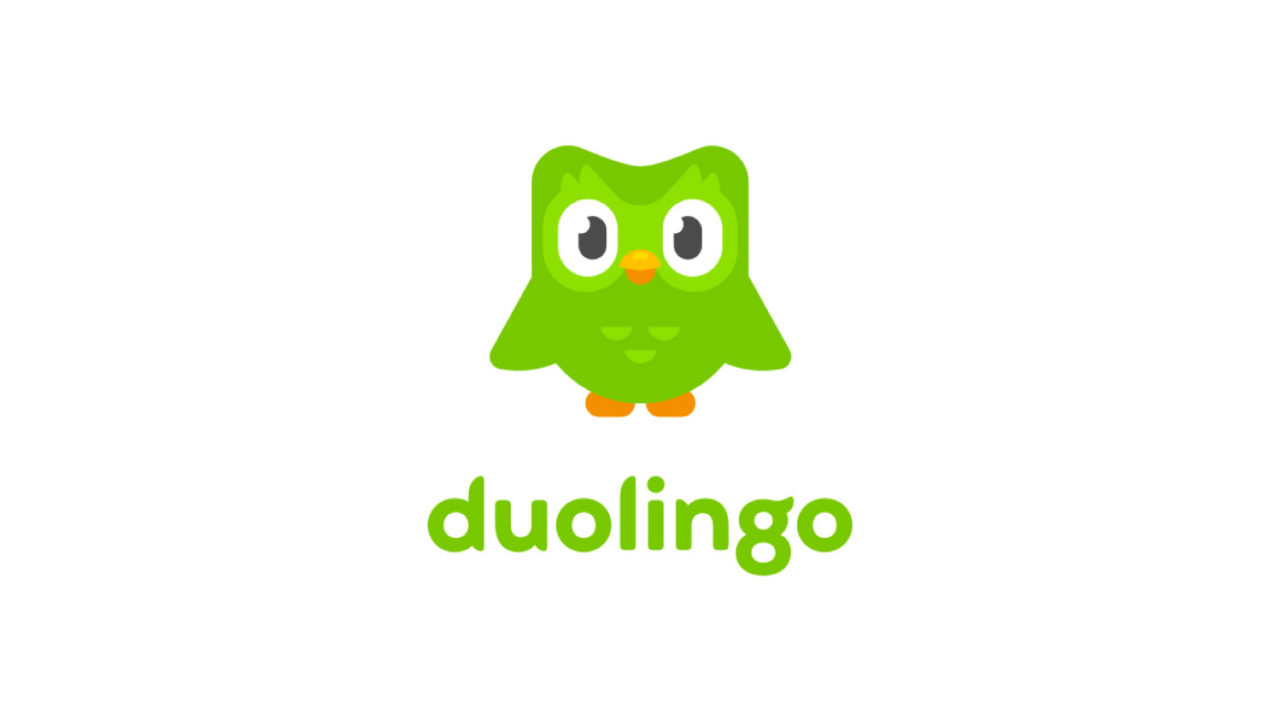
You’re probably not a stranger to Duolingo. On Duolingo, you can test your knowledge before the website puts you in the course that best suits you. Each course comprises mini-games that teach you and test your knowledge. As you move up to more advanced courses, you’ll find new grammatical concepts and vocabulary words.
As humans, we’re naturally captivated by games. They give us adrenaline and test our knowledge. We’ll be honest: Languages aren’t simple to learn. Sure, Spanish is easier than most, but that’s not saying too much. But with Duolingo’s fun-first attitude and its excellent collection of resources, you’ll become a Spanish speaker in no time.
#2. Learn Spanish: Basic Spanish Vocabulary Specialization by UC Davis

Even an elementary understanding of Spanish is better than none at all. Spanish expertise opens up many opportunities, but so does speaking a little bit of Spanish. Do you want to greet your Spanish speaking neighbors, travel to Latin American countries, and order in Spanish from time to time? If that’s what you’re looking for, a basic vocabulary will suffice.
In this online class, you’ll divide your time into four different units that teach you basic vocabulary and grammatical rules for different situations. At the end of the course, you’ll bring your knowledge together and test it in an oral presentation.
#3. Learn Spanish by Rosetta Stone
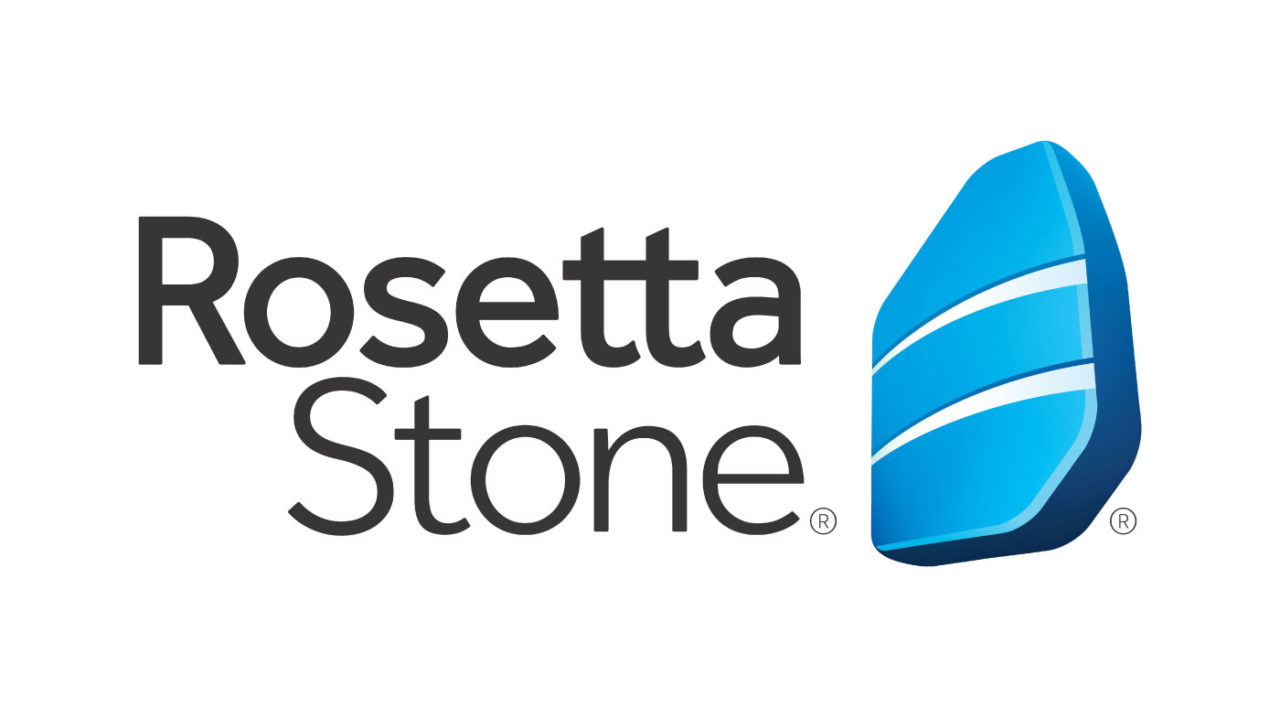
Rosetta Stone was one of the first companies dedicated to foreign languages, and it remains one of the best ways to learn a foreign language remotely. This Spanish course will teach you essential phrases, vocabulary, and grammar. Unlike many other courses, Rosetta Stone finds value in using different ways—speaking, reading, and listening—to learn a language.
Rosetta Stone’s Spanish class is excellent and well-rounded. If you dedicate yourself entirely to the course, you can finish as an expert even if you begin the class with little to no vocabulary. Rosetta Stone offers several payment plans, from monthly limited options to lifetime purchases. If you buy a lifetime pass to Rosetta Stone, you’ll have access forever to dozens of languages.
#4. Spanish for Beginners, The Complete Method, Level 1
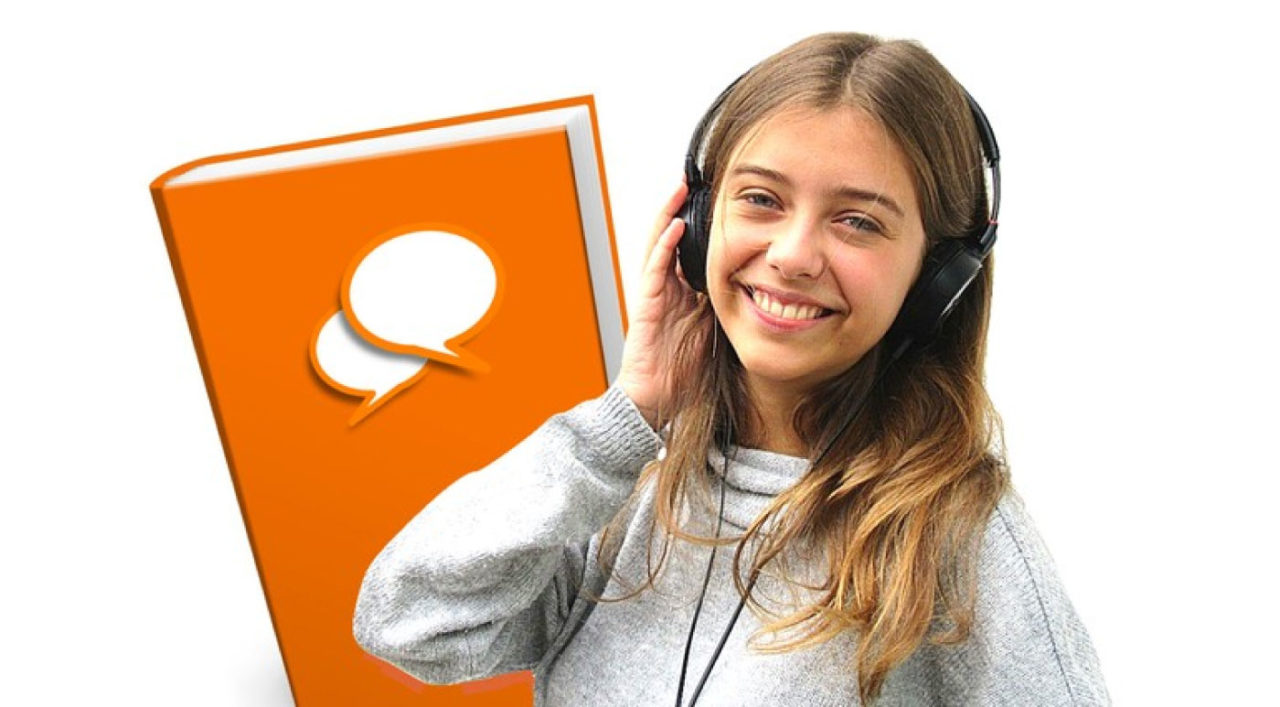
Have you ever taken an academic Spanish course? Academic language courses focus so much on grammar and technique that students often gain little to no useful language knowledge. The truth is that if you want to learn a language, you must speak it. It is important, of course, to know how to read and write a foreign language. Without the ability to speak it, though, you can’t get far.
This online $10.99 Udemy course focuses on learning to speak Spanish by speaking in Spanish. Does that make sense to you? We think so. In this online Spanish class, you’ll learn to produce and speak thousands of perfectly constructed phrases. And you’ll memorize them forever.
#5. Spanish 1-4: Beginner, Elementary, Intermediate and Advanced

Are you ready to take Spanish seriously? Learning a foreign language takes dedication and extensive time. With Spanish and other foreign languages, you’ll take out exactly what you put in. If you study once a week, you won’t remember much; if you study daily, you’ll progress at incredible speeds.
This $13.99 Udemy course includes a whopping 109 hours of Spanish content divided into 323 lessons. These lessons are brought to you by online video and dozens of downloadable resources. If you’re ready to commit yourself to a full-length class, and you want to become a Spanish expert, consider this fantastic option.
#6. Learn Spanish Online with Spanish Pod 101

If you learn quicker by watching and listening versus reading and writing, Spanish Pod 101 is for you. The courses, which come in a podcast format, provide over 1800 audio and video lessons, discussions about each lesson, and vocabulary learning tools. Having delivered over 1,000,000,000 lessons worldwide, you can trust that Spanish Pod 101 works.
Depending on how quickly you want to learn and how much you want to spend, you can choose one of several subscriptions. They range from free, limited subscriptions to $47 a month subscriptions, which include bonus features that you may or may not require.
#7. Spanish by CoffeeBreak Languages
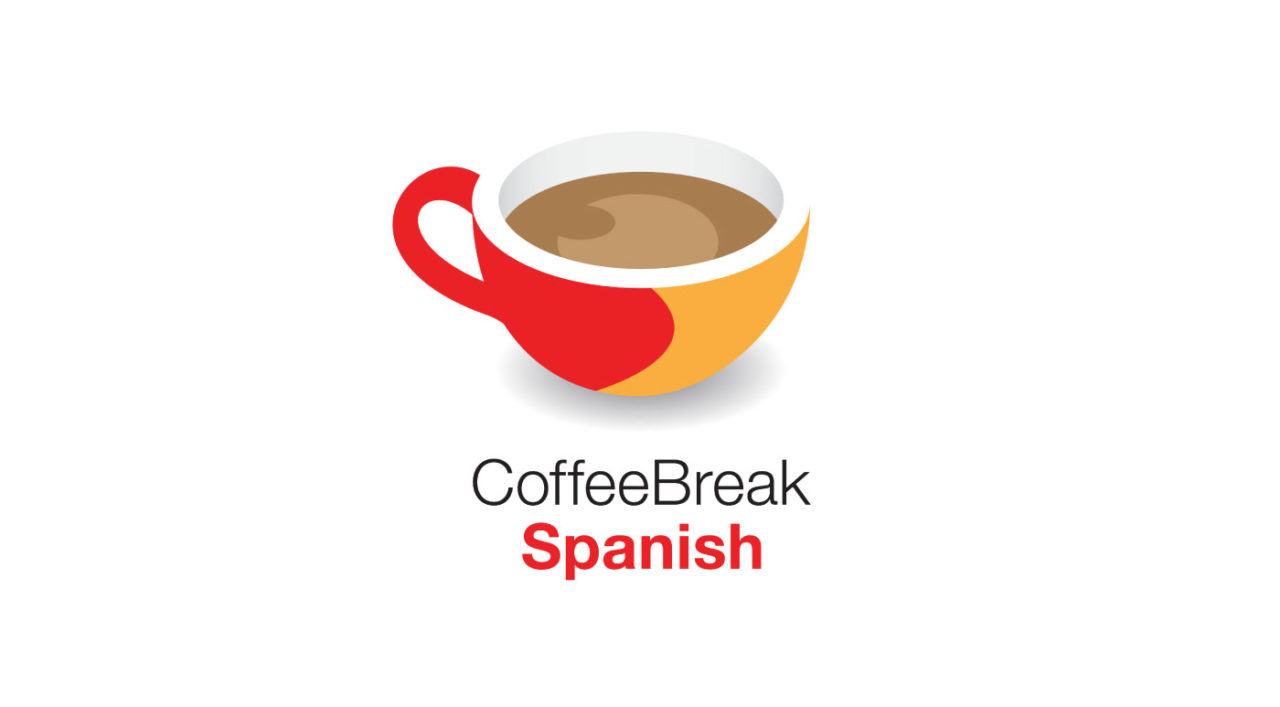
CoffeeBreak Spanish gained a reputation as a free Spanish-teaching podcast that you can listen to any time, anywhere. The podcast features episodes on everything from famous Spanish writers to useful vocabulary to sports vocabulary. While the podcast is free, it probably isn’t enough to teach you the Spanish language without any other resources.
Taking the cue, CoffeeBreak launched its Language Academy, which has more organized, detailed courses on different languages. The Spanish course bundle is relatively affordable for what it includes: 40 lessons, including 20 hours of audio content and extensive lesson notes. For an excellent platform with diverse offerings, CoffeeBreak is for you.
#8. Notes in Spanish

Some online Spanish courses teach you grammar, using traditional tools and the texts of internationally-acclaimed authors. These courses teach you style and technique, but they leave something to be desired when it comes to speaking and listening practice. Notes in Spanish pledges to show you how to “speak the real Spanish you’ll never find in a textbook or classroom!”
You can choose from its three podcast offerings: beginner, intermediate, or advanced. Within each level, instructors Ben Curtis and Marina Diez will teach you Spanish by introducing and speaking about applicable topics with relevant vocabulary. You can also choose worksheet packs or The Whole Enchilada on the Notes in Spanish website for more resources.
#9. Basic Spanish Professional Certificate by UPValenciaX

This professional certificate program comprises three courses: Getting Started, One Step Further, and Getting There. Each course focuses on basic vocabulary for everyday situations; regular and irregular Spanish verbs in present, past and future; basic grammatical structures; and conversational skills. The course uses real-life scenarios, applying the vocabulary and common phrases for each scenario to prepare you for likely situations.
This program won’t make you a Spanish expert, but it will give you an elementary level of Spanish that won’t go away anytime soon. The full program costs $140, which includes the three classes. Together, you can expect to dedicate around four months to the program if you work 4-5 hours a week.
#10. Study Spanish

Study Spanish is an excellent resource for Spanish learners of all levels. The website is laden with free and paid tutorials. As a free user of Study Spanish, you can access pronunciation keys, grammar charts, vocabulary, verb drills, and idioms. For a $9.99 paid membership, you gain full access to all of StudySpanish.com, including all quizzes and tests available for each lesson
Furthermore, you can gain access to all audio podcasts and longer vocabulary lessons. You can also choose a $119 lifetime membership, which is the most affordable option if you envision committing yourself to long-term learning. Ready to learn a new language? Click the link above to begin!
#11. Live Lingua
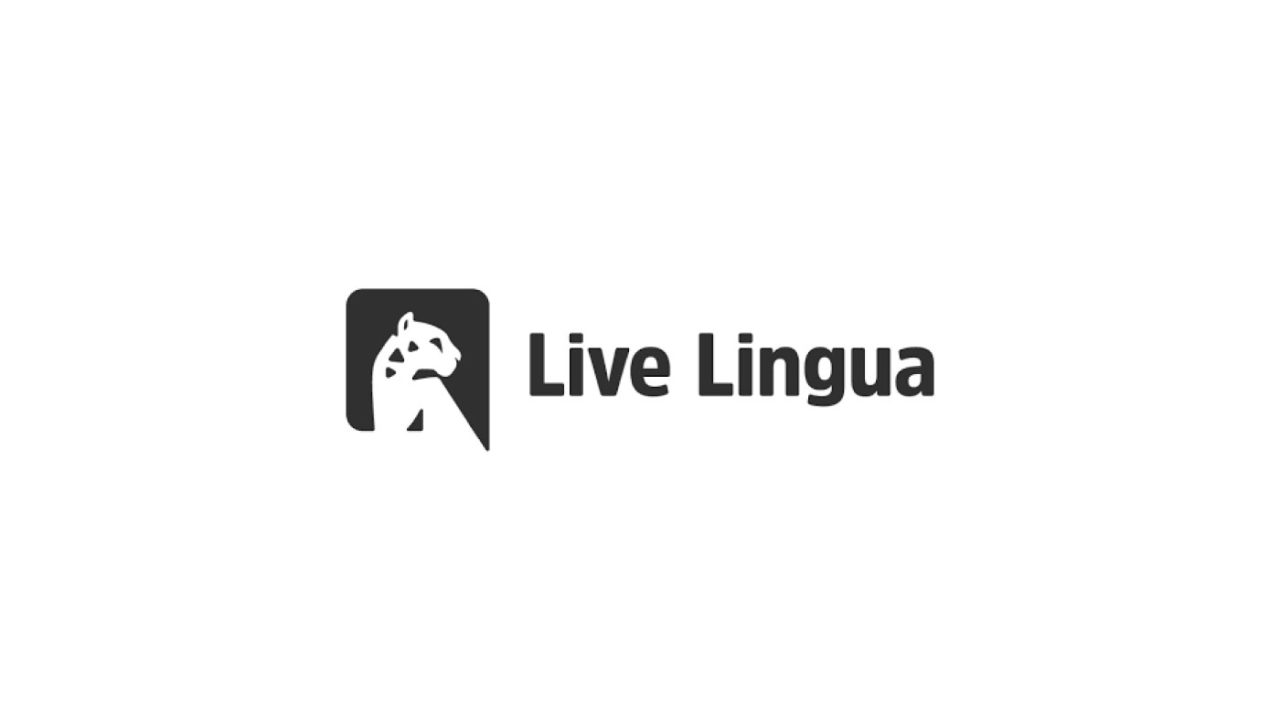
One of the biggest downsides of learning Spanish online is that many of your errors will go unnoticed. Learning alone, studying alone, and speaking alone, there’s nobody able to call you out on your flaws. For some learners, it’s better to practice with people, which is largely absent from online learning platforms. Then there’s Live Lingua.
With Live Lingua, you can sign up to learn Spanish through 1-on-1 online lessons with expert Spanish tutors. Live Lingua only employs native speakers, who have spoken the languages their whole lives. For as little as $10.99 an hour, you can hone your Spanish skills with actual teachers in real-time. If you have any doubts about the program, you can begin with a free 60-minute lesson.
#12. Unlimited One-on-One Spanish Classes by Baselang

When children learn their native language, they don’t have verb charts or vocabulary lists. There isn’t a teacher with a red pen marking their mistakes. There aren’t any spelling tests or exams. That’s not to say that these techniques aren’t useful, but many of us forget we learned our first language naturally.
Baselang’s offers two unique options for Spanish learning courses. The first, the Grammarless program, aims to teach you Spanish as a child learns it—nothing but trial and error. The second, the Real World program, allows you to take unlimited one-on-one Spanish classes for a flat rate. The prices for each program are steep, but if you’re set on learning quickly, this class is your best option.
#13. Learn to Speak Spanish by Pimsleur
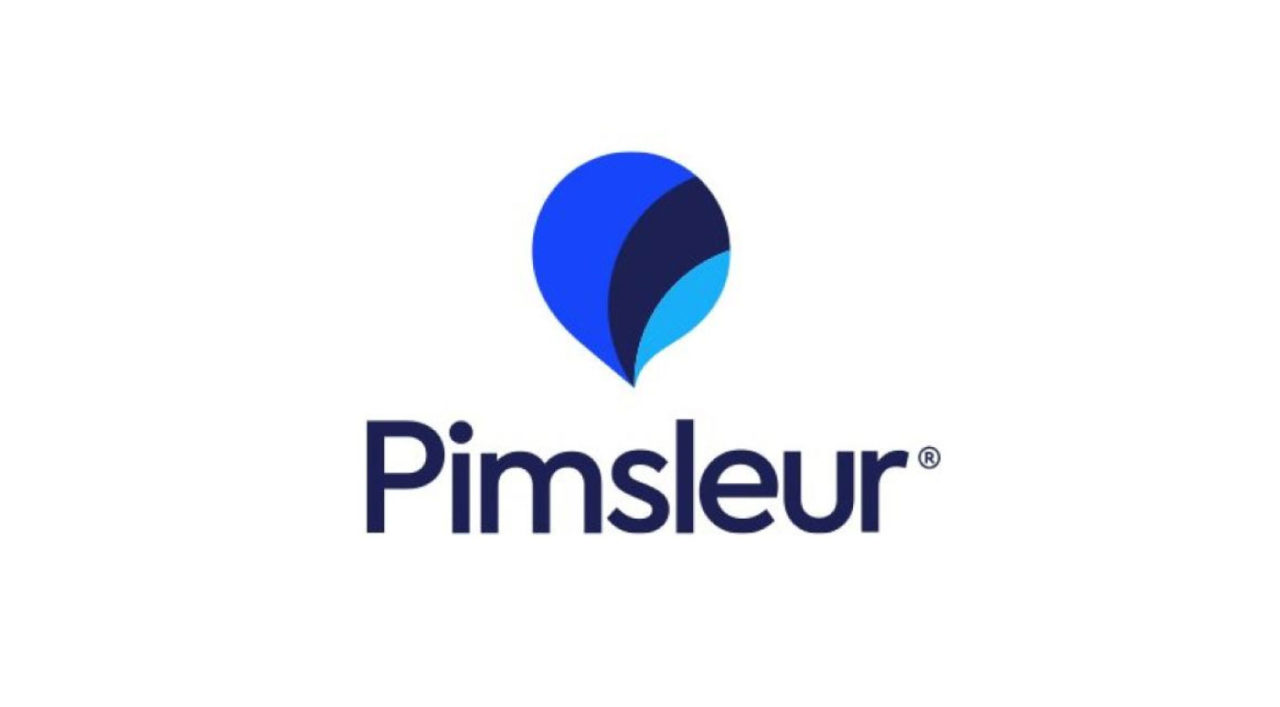
The highly-regarded Pimsleur method combines well-established research, the most useful vocabulary, and a completely intuitive process to get you speaking right from the first day. Pimsleur is a subscription-based service: a $19.95 a month subscription grants you access to all of the service’s features.
Some of these features are listening and speaking lessons, role-play tools, Lightbulb Moments to connect culture to your studies, flashcards, and games to test your skills. Of note, you can share your Pimsleur subscription with three household members and unlimited devices. That way, you can reduce your spendings and learn Spanish with the people around you.
#14. Fluencia
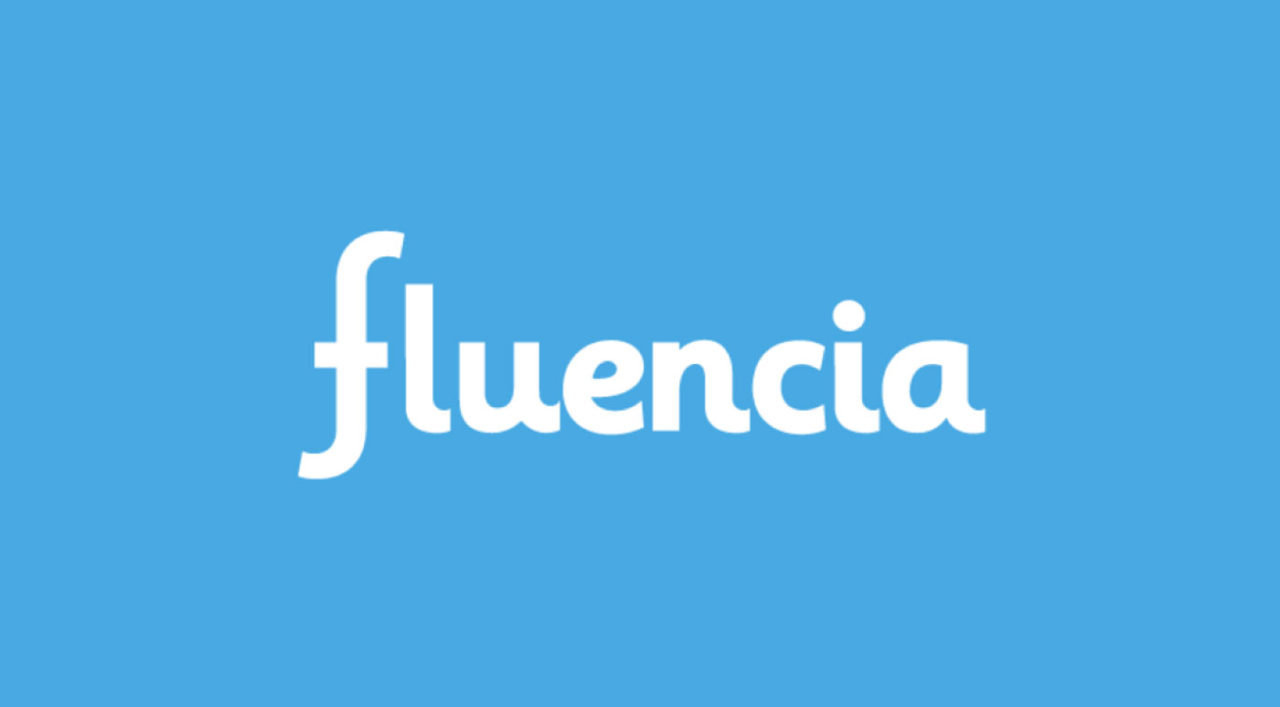
Fluencia boasts itself as “language learning that works,” which is enhanced by adaptive learning technologies and the latest language research. On the Fluencia website, you can learn full sentences with interactive exercises, access a feedback system that identifies your weaknesses, and use Fluencia’s proven spaced-repetition method.
Fluencia is an excellent option because it provides such diverse offerings, from real-time conversations to interactive self-paced lessons. No matter how you learn, you can find the method for you on the website. Fluencia offers a 15-lesson free trial, after which a subscription costs anywhere from $6.95 to $14.95 per month, depending on the duration of your subscription.
#15. Spanish Uncovered by I Will Teach You A Language

The truth is that it can be difficult to focus on a verb chart day after day. The words slowly lose their meanings and, without any way to apply our knowledge, we slowly forget the verbs we learned. Spanish Uncovered faces this challenge with an innovative solution: It teaches you Spanish through story learning.
Throughout the course, you follow a story called The Man in The Hat. Over 20 chapters, you’ll learn Spanish phrases, structures, idioms, and test yourself with the 20-module course that revolves around the story. The course also includes video lessons recorded by Olly Richards, the polyglot who pioneered story learning and created this website.
#16. Learn Spanish by Lingo Deer
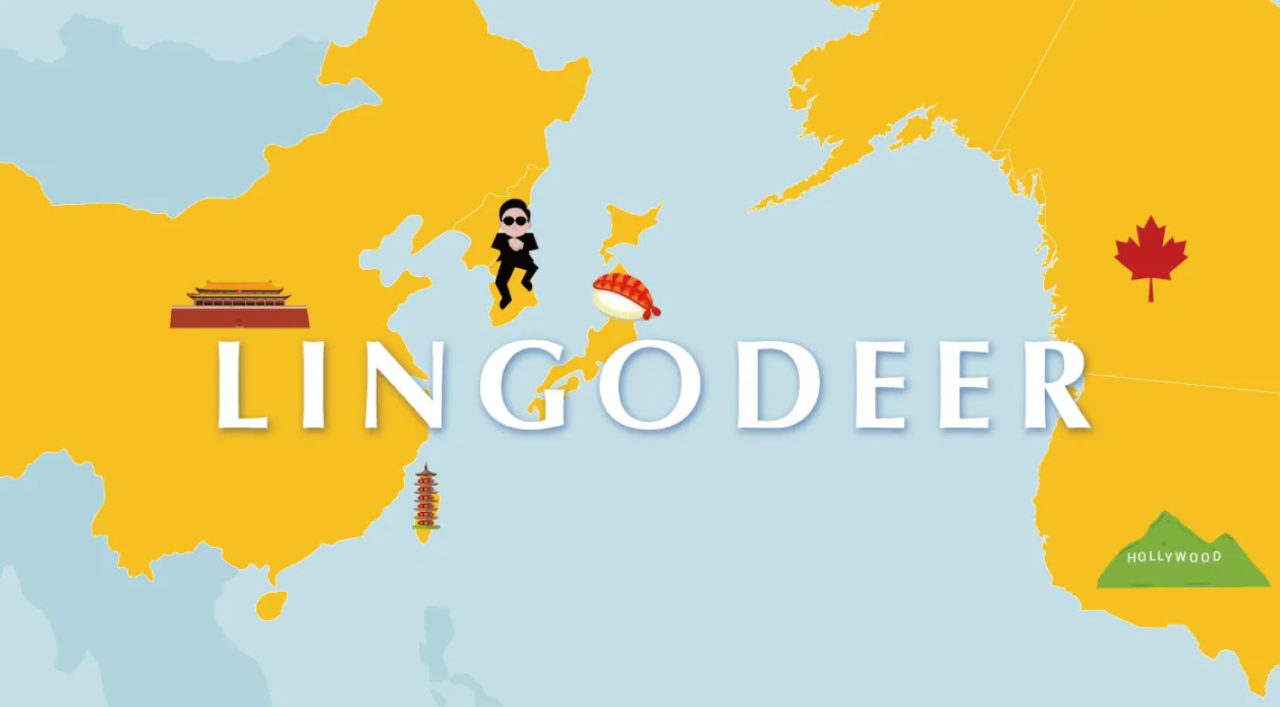
Lingo Deer’s format heavily reflects that of Duolingo. Lessons are organized by category: basics, food & drink, questions, plural, numbers, greetings, objects, and so on. As you progress, you can test out of your level and jump to more complex subjects. Lingo Deer has Spanish 1 and Spanish 2 options, depending on your skill level.
By the end of Spanish 2, you’ll have a grasp on the significant Spanish verbs, like past subjunctive and conditional perfect, and vocabulary words. Lingo Deer has many membership options. They start from $11.99 per month, and go up to $119.99 for a lifetime membership.
#17. Complete Spanish by Language Transfer
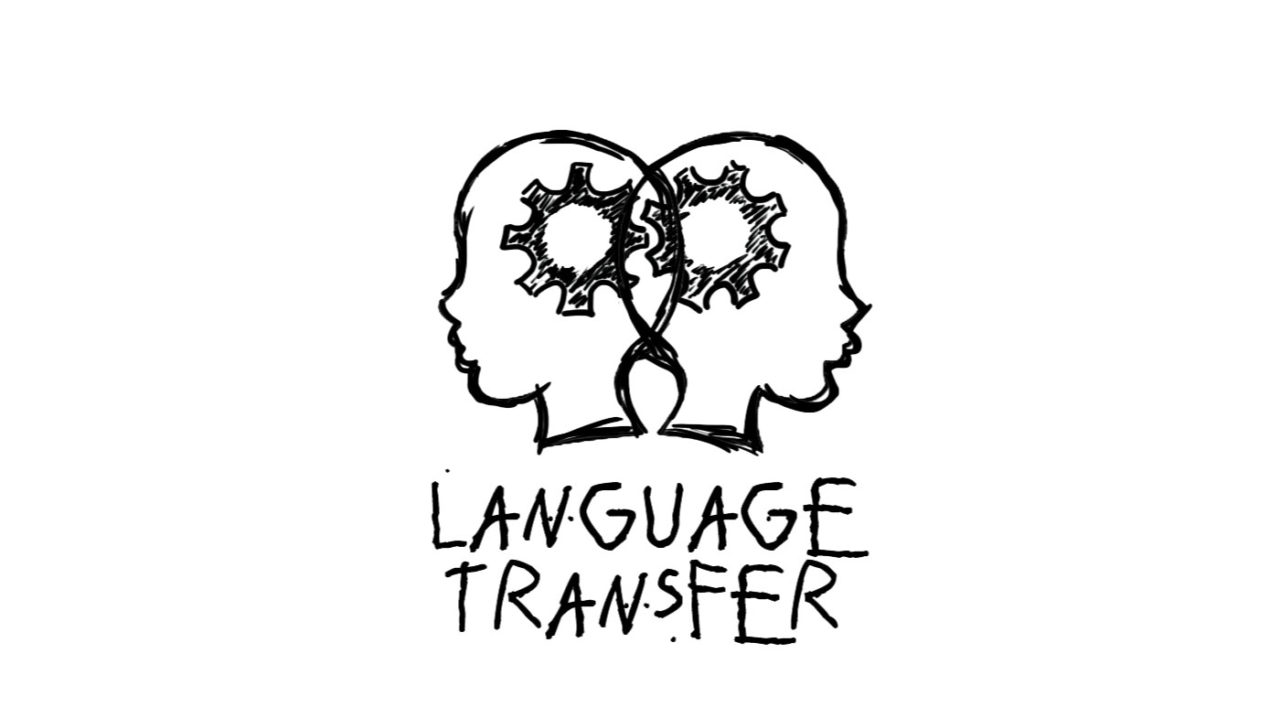
Language Transfer is an excellent and free language-learning platform with many language offerings from Swahili to Turkish to Spanish. The online Spanish classes are audio-only Soundcloud tracks that range from five to fifteen minutes. While there aren’t any supplemental materials, the 90 Soundcloud tracks will take you far as a Spanish learner.
Language Transfer is especially well suited for the beginner who wants to understand how the Spanish language works from a semi-technical standpoint. If you’re the type of learner who wants to understand the context before content, Language Transfer is for you. Once you finish all 90 lessons, move up to another offering on this list for more advanced classes.
#18. Learn Spanish by Babbel
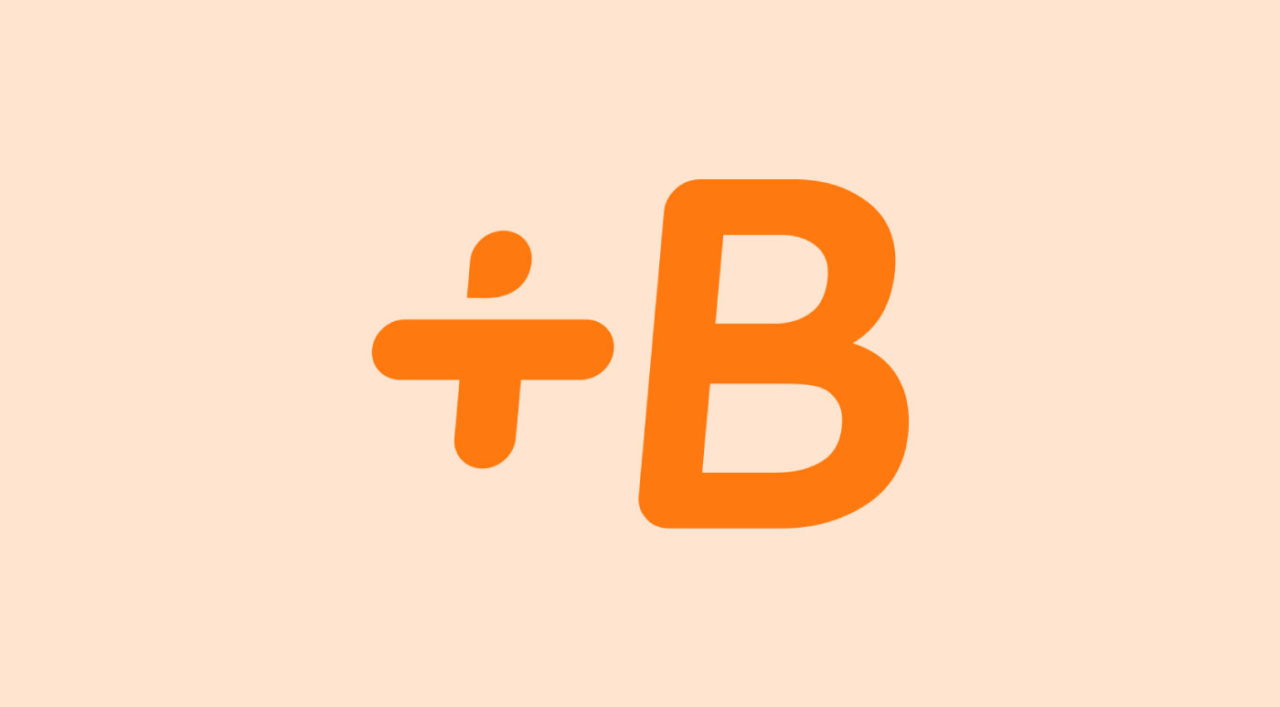
Babbel is an online language-learning platform similar to Duolingo and Fluencia. At $12.95, it isn’t necessarily the best option on this list, especially because it doesn’t differentiate itself from similar, free courses. It’s still an excellent platform, though, with abundant resources that can take you from a newcomer to a Spanish speaking expert.
Babbel excels at being able to differentiate the cultural nuances and the differences in language between Spanish-speaking countries. And this is an important point because Puerto Rican Spanish couldn’t be any more different from Chilean Spanish, which will challenge you if you learn a more neutral, Peruvian or Guatemalan dialect of the language.
#19. Learn Spanish by Memrise
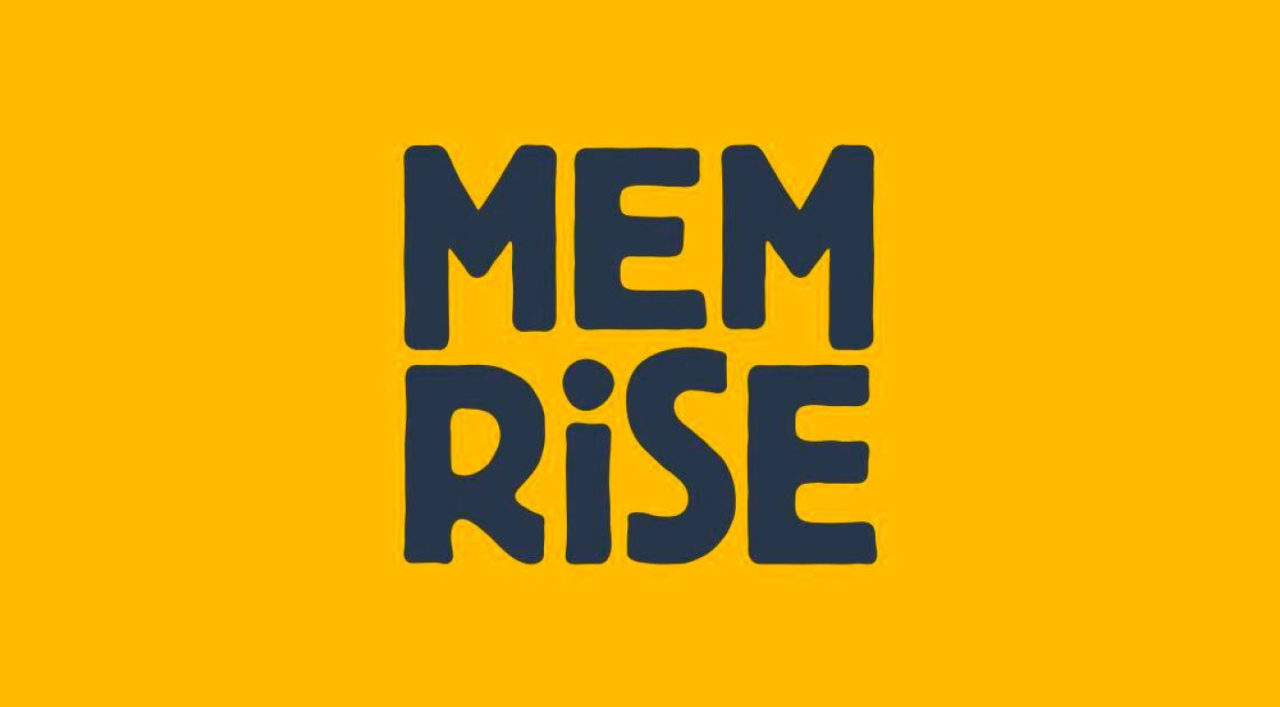
Memrise is an excellent language teaching website with courses in 21 languages and subjects. The Spanish course concentrates on the Spain dialect, which is the more organized and the most widely taught form of the language. Hence, you’ll be learning certain verb forms like vosotros, which won’t be applicable in many places.
With that said, Memrise mostly concentrates on the Spanish that’s applicable across borders. The classes are organized into seven units, which range from beginner to more advanced. The units range from three to ten hours long, focusing on grammar, vocabulary, and popular idioms. Memrise is relatively affordable, too: Their subscriptions begin at $8.99 per month
#20. Learn Spanish by Fluenz

Fluenz is an expertly designed, academic-focused language platform with seven robust language offerings. The platform is widely acclaimed: the Associated Press said, “Fluenz trumps Rosetta Stone,” which means a lot. What makes Fluenz unique, though? While most language platforms teach languages in the same format, no matter where you’re from, Fluenz caters specifically to American learners.
Thus, Fluenz offers a more direct and applicable curriculum than other online Spanish courses. It “explains the workings of Spanish every step of the way in English, provides the tips and tricks English-speakers need to speak and understand Spanish and connects those explanations directly to extensive workouts and flashcards that take you to Spanish fluency.”
#21. Spanish Courses Online by Lengalia

Lengalia offers an extensive list of Spanish courses from A0, for beginners, to C2, to Spanish experts who want to polish their skills. Besides catering to different Spanish levels, Lengalia also caters to different end-goals, like travel vocabulary, grammar for formal situations, and pronunciation. The classes are offered in reading, video, and podcast formats.
After each lesson, you can test your skills on the Lengalia website to make sure you absorbed the content. While the lessons and the quizzes can become monotonous, they work well. As long as you can focus and avoid becoming bored, Lengalia will be an excellent resource for your Spanish language ambitions.
#22. Learn Spanish by Speechling
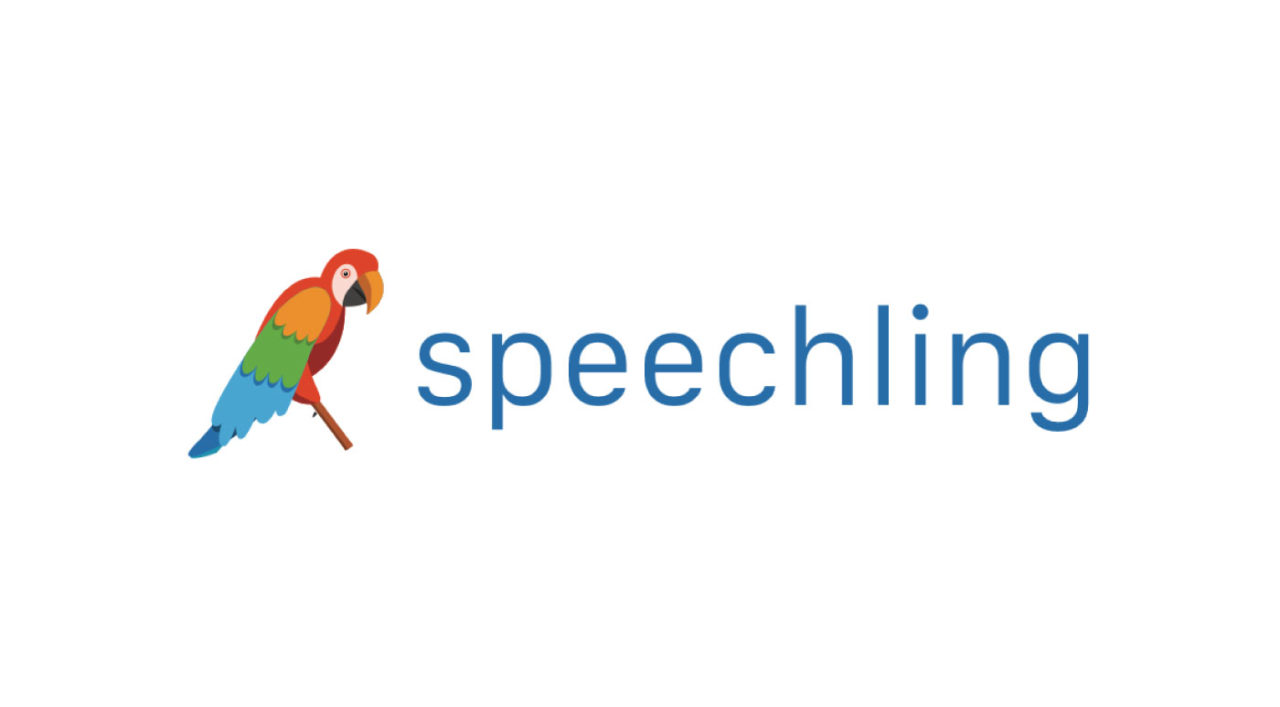
Speechling is more of a supplementary tool than a standalone course, but it’s still something that you may want to use. When we speak in a foreign language, it’s usually obvious that we’re not speaking our first language. Often, people can even tell where you’re from depending on your accent. For some people, this isn’t an issue; for others, it invalidates their efforts to blend in.
On Speechling, you can practice your Spanish pronunciation in a four-step process: Listen, Speak, Feedback, and Repeat. First, you listen to an expert Spanish speaker reciting a popular phrase or a useful sentence. Then, you speak the same sentence, before a Speechling worker provides feedback on your pronunciation. Then you repeat, over and over until you speak Spanish like a local.
#23. Learn Spanish by FSI Language Courses
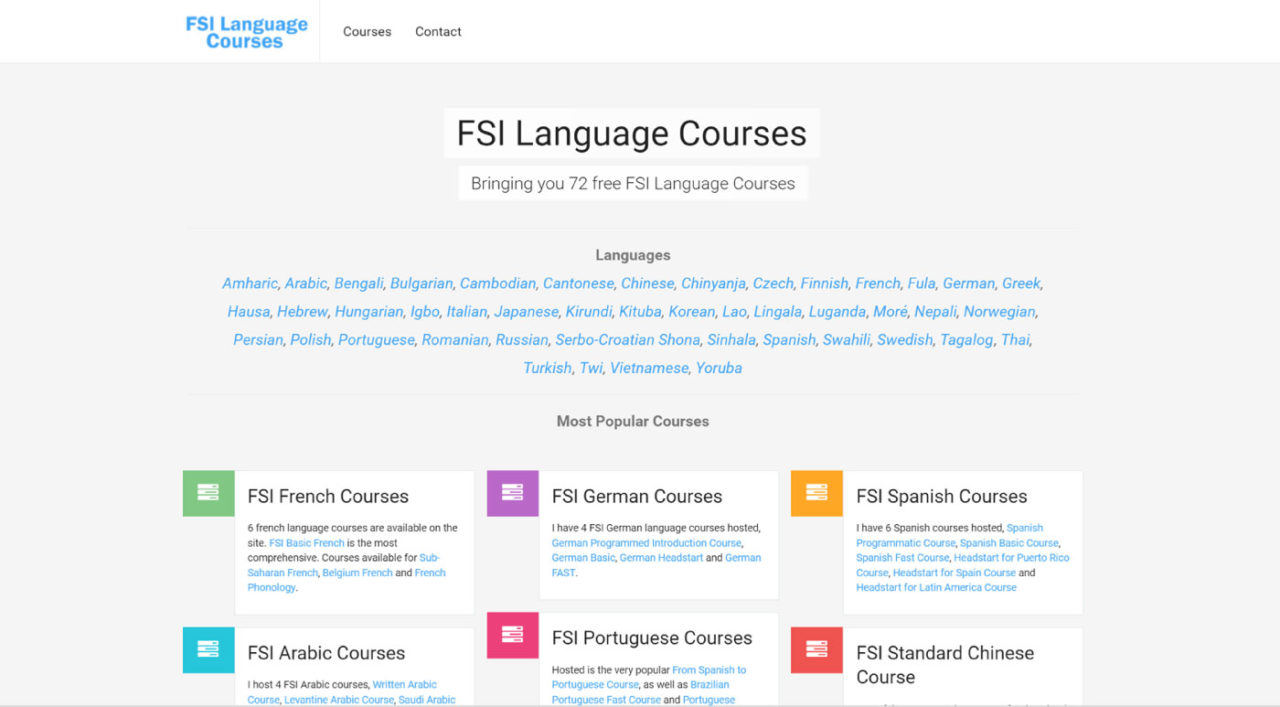
The Foreign Service Institute of the United States is the primary training institution for the governmental foreign affairs community. Given the resources of the United States, it’s not surprising that these courses are expertly designed and written.
On the FSI Language Courses website, you can access six courses: Spanish Fast, Spanish Basic, Spanish Programmatic, Spanish Headstart for Latin America, Spanish Headstart for Puerto Rico, and Spanish Headstart for Spain. This resource is especially useful because of its regional dialect offerings, which you can’t find on many other websites. Besides being an excellent resource, FSI Language Courses are all free.
#24. Spanish Dict
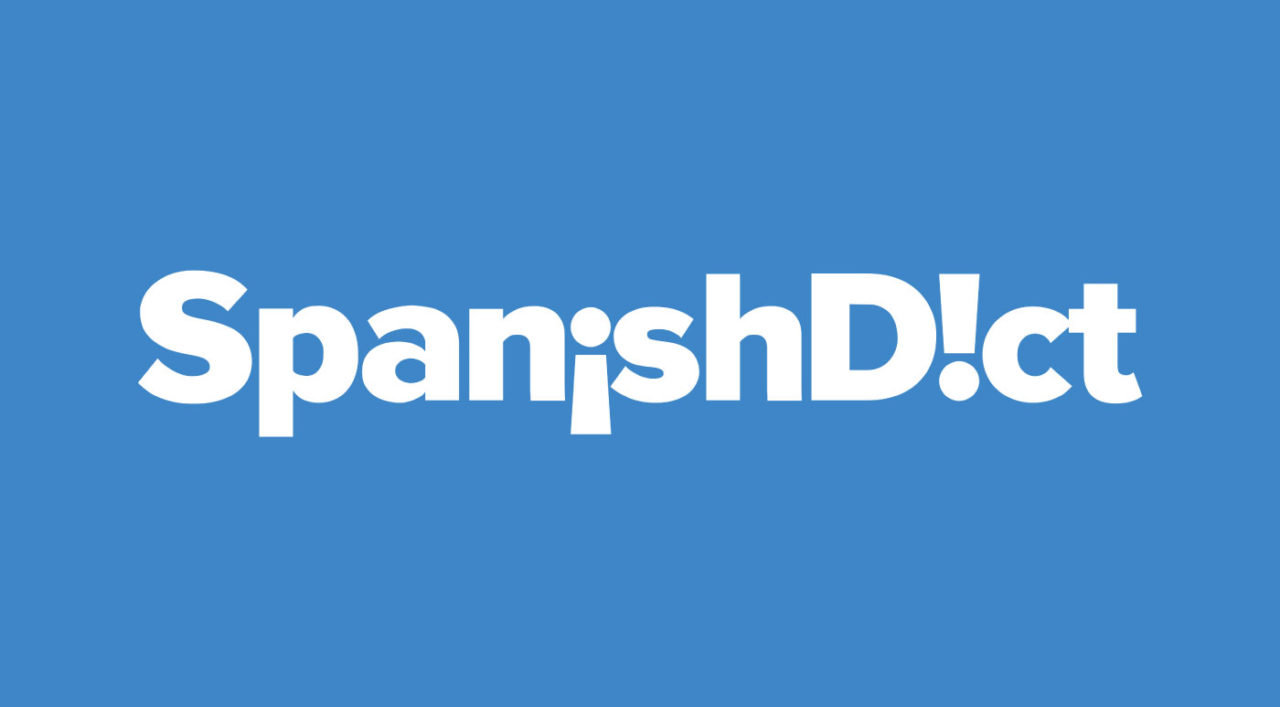
Depending on your needs, Spanish Dict can be anything from a supplementary resource to a primary learning tool. Chiefly, Spanish Dict is an English-Spanish translator. Built around that, though, it also has verb charts, vocabulary lists, pronunciation keys, and words of the day. Spanish Dict’s biggest downside is that it’s unorganized—there are no classes that map everything out for you.
Some of us learn better when we navigate a language at our own pace and with our own technique. For those people, Spanish Dict is perfect. If you’re a self-starter and you can progress in a seemingly unorganized setting, Spanish Dict is a fantastic and free resource.
#25. Learn Spanish by 123 Teach Me

123 Teach Me is a slightly more organized, if not as well-stocked, version of Spanish Dict. Besides offering translation tools, verb charts, vocabulary lists, and listening comprehension exercises, the website offers beginner-level Spanish organized into several categories. On the Free Spanish Courses page, you can learn Travel Spanish, Medical Spanish, Spanish for Work, Dental Spanish, Basic Survival Spanish, Spanish for Nurses, and Business Spanish.
123 Teach Me won’t take you from a beginner to an expert—it doesn’t have enough resources. But here’s how you can use it: If you’re an absolute beginner, take their free courses. If you’re anything more, use their resources to increase your language ability.
#26. Online Free Spanish
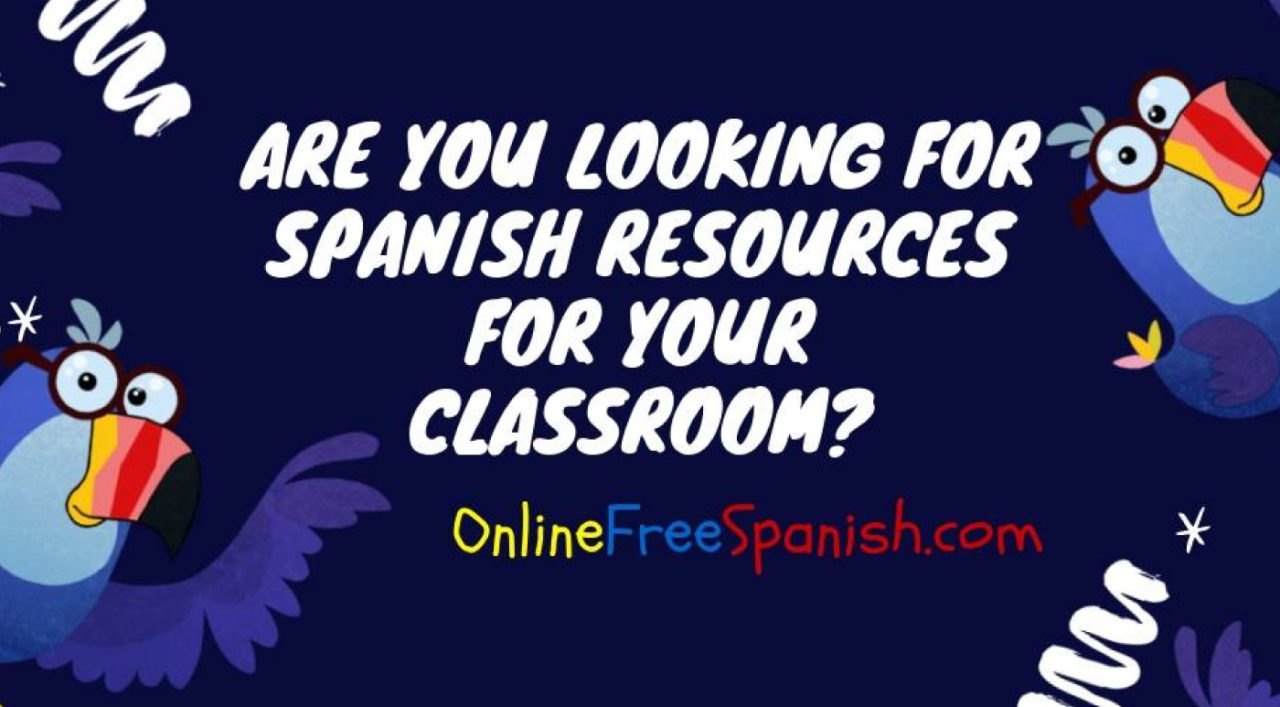
At a glance, this website looks like it’s designed for children who want to learn Spanish. And that might be true, but who’s to say that excludes the rest of us? With fun animations, simple language, and many fun games on the platform, Online Free Spanish is an excellent free resource.
Online Free Spanish has resources for you whether you’re a beginner or an expert. Besides actual lessons, the website has heaps of free supplementary materials, including memory games, mini books, songs, and how-to guides. For a fun, versatile, go-at-your-own-pace resource that you can use with your younger friends or children, give this online Spanish class a go.
#27. Spanish Online Tutoring by Chegg
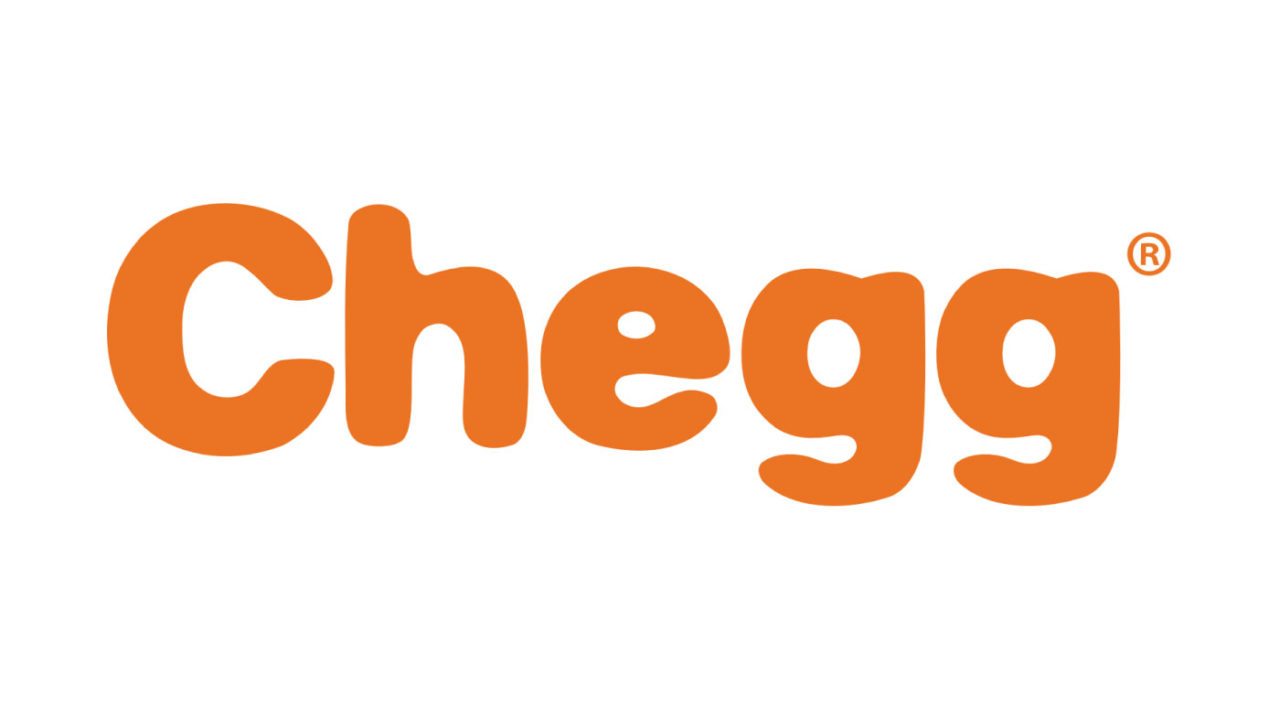
The internet offers many websites for online Spanish tutoring. Compared with online Spanish classes, tutoring is better in some ways and worse in other ways. Primarily, tutoring is helpful because it’s direct one-on-one learning. Through this method, tutors can cater to your specific needs and advise you in the areas where you can improve.
Its downside is that, with tutoring, you need to be self-motivated and have a particular goal in mind. Tutors typically don’t have structured lesson plans. Rather, they work according to your needs. You need to tell them that you want to work on verbs, grammar, pronunciation, or popular phrases. If you don’t know where you’re going, a tutor can’t help you. If you have a specific goal in mind, though, a tutor can suit you well.
#28. RockALingua
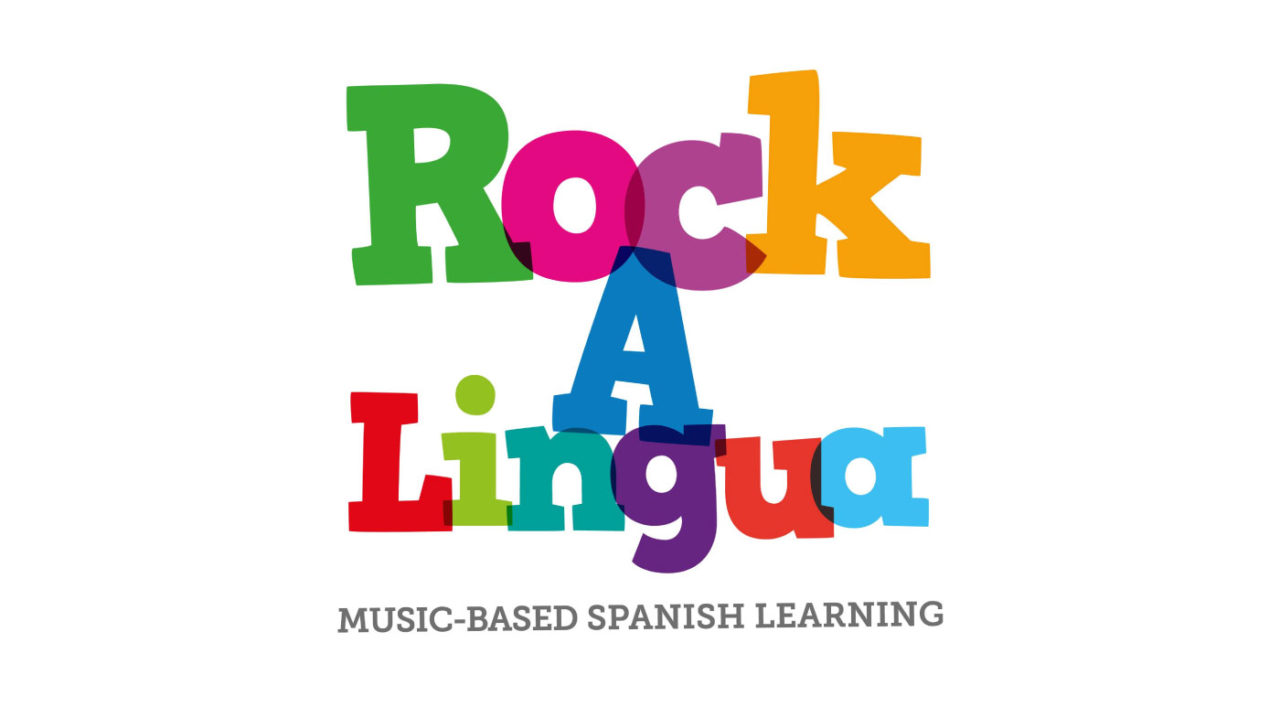
RockALingua is an excellent Spanish-learning resource designed around music-based Spanish learning. Pretty cool, right? It caters to children but, again, who cares? If it’s fun and effective, it doesn’t matter who the website is for! This online Spanish website focuses on beginners, so you should opt for a more advanced resource if you’re intermediate or above.
RockALingua’s resources are divided between videos, games, songs, worksheets, and picture dictionaries. On the main Spanish coursework page, you can play games, read stories, learn subject-specific vocabulary, and review popular phrases. If you can put aside the fact that you’re probably significantly older than the target audience of this website, try RockALingua for some fun learning today.
#29. Learn Spanish by Loecsen
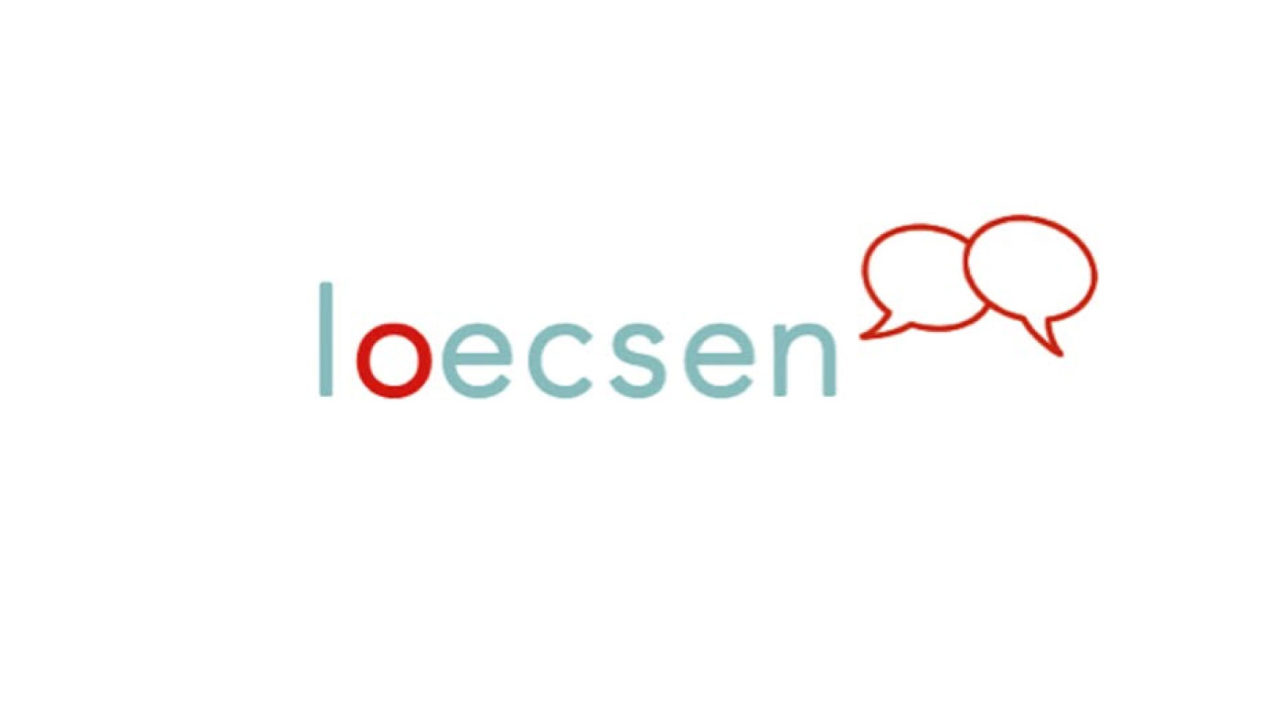
Spanish is the third most widely spoken language in the world. By knowing even basic Spanish, you can gain access to hidden corners and relationships in dozens of countries around the world. Of course, you need to learn it first. Loecsen is an excellent online Spanish resource committed to teaching its students elementary Spanish vocabulary and grammatical rules.
In the Loecsen website, you can learn basic grammatical rules and useful vocabulary, which is broken down into 17 categories. Some of these categories are Feelings, Parting, Restaurants, Looking for Someone, Conversation, and Colours. Each category teaches you essential information that is critical to your success as a Spanish speaker.
#30. Espanglishchat

While you’re working hard to learn Spanish, countless students around the world are trying to learn English. On Espanglishchat, you can mix together with them, as they experiment with their conversational English and you experiment with your conversational Spanish. Espanglishchat is a supplementary resource, but it’s crucial that you practice your Spanish as you learn it, or else it will quickly go away.
Many traditional Spanish-as-a-second-language students can pick up a college-level book and understand much of the content. When it comes to speaking the language, though, they can’t say a word. Why? Simply, it’s because they don’t practice speaking or chatting in Spanish. Don’t let yourself be that person—practice today on Espanglishchat.
What Is the Best Way to Learn a New Language?
This question has been a debate among language nerds for centuries, and it will never go away. Some say reading, some say speaking, some say listening, and some say writing. The only clear answer is that it’s probably a mix of everything and that the exact proportions vary on a case-by-case basis.
Language learning is circular in many ways. You can’t learn vocabulary without knowing how to connect it with grammar, and you can’t learn grammar unless you know how to implement it. You can’t speak a language without knowing how to understand it, but understanding it isn’t enough when you want to converse with somebody else. Do you get what we mean when we say it’s circular? We can add that it’s frustrating, too, but there’s no better feeling than finally connecting with somebody and speaking in your second tongue.
To get back to the question, though, you should assess how you want to learn. You should also evaluate what you’d like to do with your second language. If you want to be able to talk to other people at bars, and you don’t care how grammatically correct your sentences are, you can opt for a conversation-focused Spanish resource. If you want to lay back on a beach and read Don Quixote, but you don’t care much about socializing with other people, look for a resource that focuses on vocabulary, grammatical structures, and idioms.
Which Dialect of Spanish Should I Learn?
Again, this depends on your goals. Unfortunately, you won’t find many websites with coursework from each Spanish-speaking country’s dialect of the language, so your initial options will be limited to Latin American Spanish, despite there being several differences within that category, and Spain Spanish.
Here’s the thing, though. While there are notable differences between dialects across the Spanish-speaking world, those differences won’t matter for the most part until you become a relatively advanced speaker. Sure, you won’t learn the vos verb form if you’re in Spain, and you won’t learn vosotros if you’re in Guatemala. But it’s never bad to have a few extra tools in your language quiver, as long as you know when and how to use them.
Before you look for the right dialect for you, learn the language basics. Numbers are the same everywhere you go; same with many vocabulary words and verbs. Once you’re advanced enough to notice different verbs taking different meanings depending on the place, you can concentrate on an individual dialect. Generally, Cuban, Puerto Rican, and Chilean Spanish are known for being difficult. Guatemala, Peru, and Ecuador have more neutral dialects because Spanish is the second language to many people there.
How Often Do I Need to Study Spanish?
The less you know about a language, the more you need to find out about it. When you’re at the beginning stage of learning a new language, it’s crucial that you review lessons, test yourself on vocabulary, and repeat every exercise until each word is hammered into your head. Many people have taken several Spanish 1 courses before advancing to a more advanced Spanish class. Why? Usually, it’s because these people imagine they’ll absorb the language without extensive study. Unlike other school subjects, this rule does not apply to foreign languages.
The more you study, the quicker you’ll improve. This statement is true regardless of whether you’re a beginner or an expert. Remember that eager student in your Spanish class who wouldn’t speak anything besides Spanish? He probably annoyed you, right? Sure, but that person had drive, and their focus has probably led them to gain expertise in the language. With the same amount of focus, you can accomplish the same thing.
You don’t have to devote several hours a day to learning Spanish. If you can, that’s great, but you can take it slowly, too. At the very least, try to spend 15-30 minutes per day focusing on vocabulary. If you spend around an hour per day on the Spanish language, you can expect to be conversationally fluent in under a year. Pretty cool, right?
If you’re interested in pursuing online education, then you should check out The 30 Best Online Courses for YouTube and 30 Best Online Courses for Social Media Marketing!
List of Courses:
- Learn Spanish by Duolingo
- Learn Spanish: Basic Spanish Vocabulary Specialization by UC Davis
- Learn Spanish by Rosetta Stone
- Spanish for Beginners. The Complete Method. Level 1
- Spanish 1-4: Beginner, Elementary, Intermediate and Advanced
- Learn Spanish Online with Spanish Pod 101
- Spanish by CoffeeBreak Languages
- Notes in Spanish
- Basic Spanish Professional Certificate by UPValenciaX
- Study Spanish
- Live Lingua
- Unlimited One-on-One Spanish Classes by Baselang
- Learn to Speak Spanish by Pimsleur
- Fluencia
- Spanish Uncovered by I Will Teach You A Language
- Learn Spanish by Lingo Deer
- Complete Spanish by Language Transfer
- Learn Spanish by Babbel
- Learn Spanish by Memrise
- Learn Spanish by Fluenz
- Spanish Courses Online by Lengalia
- Learn Spanish by Speechling
- Learn Spanish by FSI Language Courses
- Spanish Dict
- Learn Spanish by 123 Teach Me
- Online Free Spanish
- Spanish Online Tutoring by Chegg
- RockALingua
- Learn Spanish by Loecsen
- Espanglishchat